Home>Articles>How Does Insulation Increase Energy Efficiency?
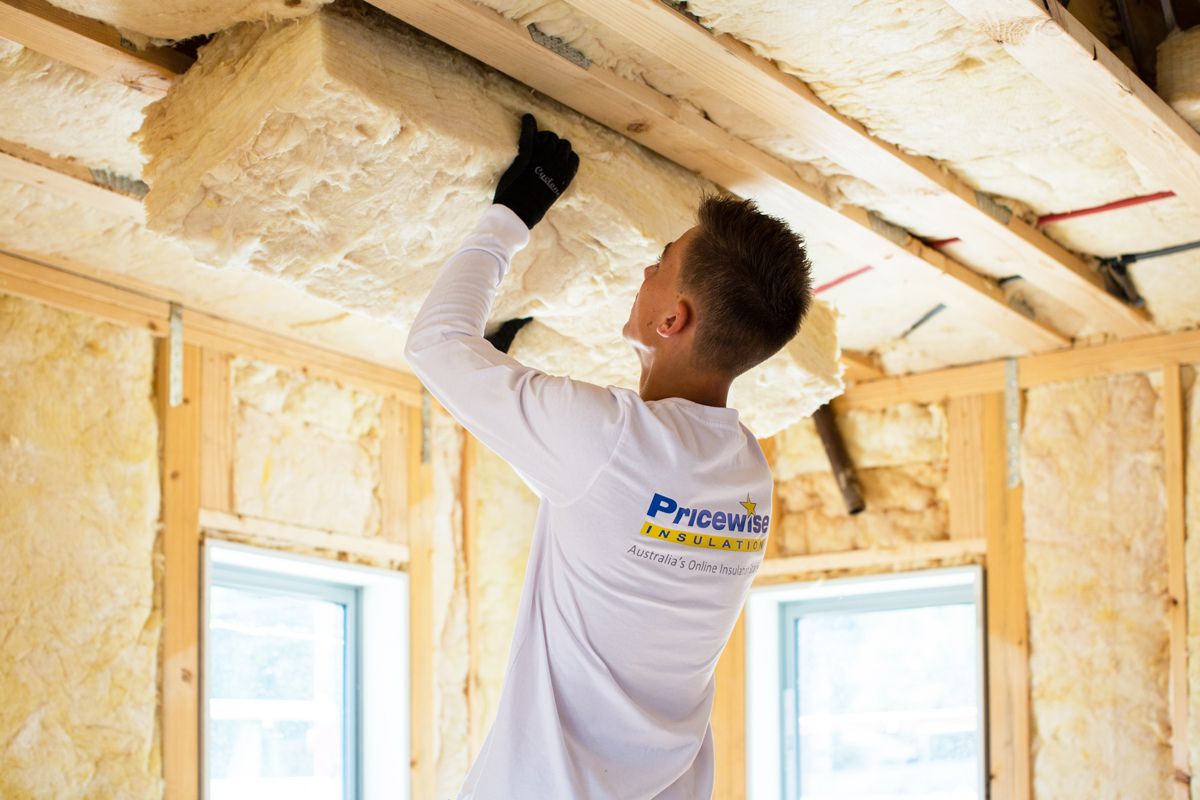

Articles
How Does Insulation Increase Energy Efficiency?
Modified: January 9, 2024
Learn how insulation articles can increase energy efficiency in your home. Find out the benefits and techniques for improving insulation.
(Many of the links in this article redirect to a specific reviewed product. Your purchase of these products through affiliate links helps to generate commission for Storables.com, at no extra cost. Learn more)
Introduction
When it comes to energy efficiency, one of the most effective methods to reduce energy consumption and lower utility bills is through proper insulation. Insulation acts as a barrier against heat transfer, helping to maintain a comfortable and consistent indoor temperature throughout the year. In this article, we will explore the role of insulation in increasing energy efficiency, the different types of insulation materials available, and the benefits of investing in insulation.
Insulation is a material that slows down the transfer of heat between two objects or areas with different temperatures. It can be installed in various parts of a building, including the roof, walls, floors, and even around pipes and ducts. By preventing the flow of heat, insulation helps to keep cool air inside during the summer months and prevents heat from escaping during the winter, resulting in a more energy-efficient space.
It’s important to note that insulation doesn’t create heat but rather helps to regulate its transfer. By minimizing the need for excessive heating or cooling, insulation reduces the reliance on HVAC systems, saving both energy and money. In fact, according to the U.S. Department of Energy, proper insulation can reduce energy costs by up to 30%.
Investing in insulation not only benefits homeowners and businesses financially but also contributes to reducing greenhouse gas emissions. By decreasing energy consumption, less fossil fuels need to be burned, resulting in a smaller carbon footprint.
In the following sections, we will delve deeper into the different types of insulation materials available, their benefits, proper installation techniques, and the standards and certifications to look out for. By understanding how insulation works and its impact on energy efficiency, we can make informed decisions that positively affect our environment and our wallets.
Key Takeaways:
- Proper insulation reduces energy consumption, improves indoor comfort, and contributes to a more sustainable environment by minimizing heat transfer and lowering utility bills.
- Understanding insulation types, installation techniques, and certifications empowers informed decisions, leading to long-term energy savings, enhanced indoor air quality, and increased property value.
What is insulation?
Insulation is a material or combination of materials that is used to reduce the transfer of heat between two areas with different temperatures. In buildings, insulation is commonly installed in walls, roofs, and floors to create a thermal barrier and improve energy efficiency.
The primary function of insulation is to slow down the flow of heat through a building’s envelope. Heat naturally moves from warmer areas to cooler areas, and insulation helps to restrict this movement, keeping the indoor temperature more consistent and reducing the need for excessive heating or cooling.
Insulation materials are typically classified based on their ability to resist heat transfer, also known as their thermal resistance or R-value. The higher the R-value, the more effective the insulation is at preventing heat flow. Different types of materials have different R-values, so it’s important to choose the appropriate insulation for each specific application.
There are several types of insulation commonly used in buildings:
- Fiberglass: Made from tiny glass fibers, fiberglass insulation is one of the most widely used forms of insulation. It comes in batts or rolls and is relatively affordable and easy to install.
- Cellulose: Cellulose insulation is made from recycled paper products treated with chemicals to make it fire-resistant. It is often blown into walls or attics to create a thick layer of insulation.
- Spray Foam: Spray foam insulation is applied as a liquid and expands to fill gaps and cavities. It provides a superior air seal and can be particularly effective in tight spaces.
- Rigid Foam: Rigid foam insulation is a solid panel made from materials like polystyrene or polyisocyanurate. It offers high insulating value and is commonly used in walls, roofs, and foundation insulation.
- Aerogel: Aerogel is a lightweight, translucent material with extremely low thermal conductivity. While it is expensive, it provides excellent insulation and is often used in specialty applications.
Each type of insulation has its own advantages and disadvantages, and the choice of insulation material depends on factors such as the climate, budget, and the specific area to be insulated.
Overall, insulation is a crucial component of energy-efficient buildings. It helps to reduce energy consumption, maintain a comfortable indoor environment, and lower utility costs. By investing in quality insulation and ensuring proper installation, you can create a more sustainable and cost-effective space.
Insulation and heat transfer
To understand how insulation works and its impact on energy efficiency, it’s important to have a basic understanding of heat transfer. Heat can be transferred through three primary mechanisms: conduction, convection, and radiation.
Conduction: Conduction is the transfer of heat through direct physical contact between materials with different temperatures. For example, if a hot object is in contact with a cooler object, heat will flow from the hot object to the cooler one.
Convection: Convection involves the transfer of heat through the movement of fluids (liquids or gases). As the fluid absorbs heat, it becomes less dense and rises while cooler fluid descends. This cycle creates convection currents that transfer heat.
Radiation: Radiation is the transfer of heat in the form of electromagnetic waves. Unlike conduction and convection, radiation does not require a medium to transfer heat. For example, the sun radiates heat to the Earth.
Insulation primarily targets conduction and convection, as these are the most common methods of heat transfer in buildings. By slowing down or limiting these processes, insulation helps to maintain a more stable indoor temperature.
Insulation materials are designed to have low thermal conductivity, meaning they do not easily transfer heat. When placed between areas with different temperatures, insulation acts as a barrier, reducing the flow of heat from the warmer side to the cooler side.
Besides preventing heat loss during winter and heat gain during summer, insulation also helps to reduce the occurrence of thermal bridging. Thermal bridging occurs when there is a direct path for heat to transfer through a building component, such as a metal stud in a wall. Insulation placed around the thermal bridge acts as a buffer and minimizes heat transfer, improving the overall energy efficiency of the building envelope.
Effectively insulating a building can significantly reduce energy consumption, create a more comfortable indoor environment, and contribute to a smaller carbon footprint. By understanding the role of insulation in mitigating heat transfer, we can make informed decisions when selecting and installing insulation materials.
Types of insulation materials
There are various types of insulation materials available, each with its own unique characteristics, advantages, and disadvantages. The choice of insulation material depends on factors such as the application, budget, environmental impact, and desired thermal performance. Here are some common types of insulation materials:
- Fiberglass: Fiberglass insulation is one of the most widely used types of insulation. It consists of thin glass fibers that are spun and woven into batts or rolls. Fiberglass insulation is affordable, easy to install, and has a good R-value. However, it can cause skin irritation if not handled properly.
- Mineral Wool: Mineral wool is made from molten mineral fibers, typically derived from rock or slag. It is available as loose-fill or as batts. Mineral wool insulation has excellent fire-resistant properties, is resistant to moisture, and provides good thermal and acoustic insulation. However, it is denser and heavier compared to fiberglass insulation.
- Cellulose: Cellulose insulation is made from recycled paper products, such as newspapers, which are treated with fire-retardant chemicals. It is blown into cavities or attics, forming a dense layer of insulation. Cellulose insulation is eco-friendly, has a high R-value, and provides good sound insulation. However, it can settle over time and may require occasional top-ups.
- Spray Foam: Spray foam insulation is a two-component mixture that is sprayed onto surfaces. It expands and hardens to create an airtight and moisture-resistant barrier. Spray foam insulation provides excellent insulation and air sealing properties, but it is typically more expensive than other types of insulation.
- Rigid Foam: Rigid foam insulation is made from polystyrene, polyisocyanurate, or polyurethane and is available in board form. It has a high R-value and offers great thermal resistance. Rigid foam insulation is commonly used in walls, roofs, and foundation insulation. However, it is more expensive than other insulation materials and requires careful installation to avoid gaps and thermal bridging.
- Aerogel: Aerogel is a highly advanced insulation material with an incredibly low thermal conductivity. It is composed of silica-based materials and is often used in specialty applications where space is limited, such as in aerospace or high-end building projects. Aerogel insulation is lightweight and offers excellent thermal performance, but it is extremely expensive compared to other insulation options.
When selecting an insulation material, it is essential to consider factors such as the desired R-value, moisture resistance, acoustic insulation properties, fire safety, and environmental impact. Consulting with insulation professionals can help in determining the most suitable insulation material for your specific needs and budget.
Regardless of the insulation material chosen, proper installation is crucial for optimal performance. Insulation should be installed without gaps, voids, or compression to ensure its effectiveness in reducing heat transfer and increasing energy efficiency.
Benefits of insulation in increasing energy efficiency
Insulation plays a vital role in increasing energy efficiency in buildings. By preventing heat loss or gain, insulation helps to reduce the reliance on heating, ventilation, and air conditioning (HVAC) systems, resulting in several benefits:
- Reduced energy consumption: One of the primary benefits of insulation is its ability to reduce energy consumption. By creating a thermal barrier, insulation minimizes heat transfer through walls, roofs, and floors, reducing the need for heating or cooling. This translates to lower energy bills and reduced carbon emissions.
- Improved comfort: Properly insulated buildings provide a more comfortable indoor environment. Insulation helps to maintain a consistent temperature, eliminating cold drafts in the winter and reducing heat buildup in the summer. This leads to a more comfortable living or working space for occupants.
- Enhanced indoor air quality: Insulation also helps to improve indoor air quality. By reducing air leakage, insulation minimizes the infiltration of dust, allergens, and pollutants from the outside. This is particularly beneficial for individuals with respiratory conditions or allergies.
- Noise reduction: Insulation materials can also provide acoustic insulation, reducing the transmission of sound between rooms or from outside sources. This is especially valuable in buildings located in noisy environments or in areas where privacy is crucial.
- Increased property value: Proper insulation can increase the value of a property. Energy-efficient homes are in high demand, and potential buyers are often willing to pay a premium for a well-insulated building. Insulated buildings also tend to have longer lifespans and require less maintenance, further adding to their value.
- Environmental benefits: By reducing energy consumption, insulation helps to lower greenhouse gas emissions. Lower energy use means less fossil fuels need to be burned, leading to a smaller carbon footprint. Additionally, many insulation materials are made from recycled or renewable resources, further reducing the environmental impact.
It’s important to note that the benefits of insulation extend beyond financial savings. Insulation contributes to a more sustainable and eco-friendly lifestyle, reducing energy demand and preserving natural resources.
However, it is crucial to ensure that insulation is properly installed and meets the recommended standards and certifications. Poorly installed insulation can have limited effectiveness and may lead to issues such as moisture buildup or mold growth. Consulting with insulation professionals or contractors can ensure that insulation is installed correctly and optimally, maximizing its energy-saving benefits.
Proper insulation helps to reduce heat transfer, keeping your home cooler in summer and warmer in winter. This can lead to significant energy savings by reducing the need for heating and cooling.
Read more: What Does Insulation Do
How insulation reduces heat loss/gain
Insulation is designed to minimize the transfer of heat between the inside and outside of a building. By reducing heat loss during the winter and heat gain during the summer, insulation helps to create a more energy-efficient and comfortable indoor environment. Here’s how insulation works to reduce heat loss and gain:
- Conduction: Insulation materials are poor conductors of heat, meaning they do not easily allow heat to pass through. When insulation is installed in walls, roofs, or floors, it acts as a barrier that slows down the transfer of heat from one side to the other. This prevents heat from escaping during colder months or entering during warmer months.
- Convection: Insulation also helps to minimize heat transfer through convection. Insulation materials, especially those that are loose-fill or contain tiny air pockets, disrupt the flow of air and prevent convection currents. This reduces the exchange of heat between the interior and exterior of a building.
- Radiation: Some insulation materials, such as reflective insulation, can reflect radiant heat. This type of insulation typically consists of a shiny, reflective surface that reflects heat radiation back in the direction it came from. By reflecting radiant heat, insulation helps to reduce the amount of heat that enters or leaves a building.
By reducing heat loss or gain, insulation helps to maintain a more stable indoor temperature. This means that during the winter, insulation keeps the heat generated by a heating system inside the building, preventing it from being lost through the walls, roof, or floors. Conversely, during the summer, insulation prevents outside heat from entering the building, keeping the interior cooler.
The effectiveness of insulation in reducing heat loss or gain is determined by its thermal resistance, commonly expressed as the R-value. The higher the R-value, the better the insulation’s ability to resist heat flow. It’s essential to choose insulation materials with an appropriate R-value for the specific application and desired level of energy efficiency.
Proper installation of insulation is crucial for it to function at its best. Gaps, voids, or compression in the insulation can significantly reduce its effectiveness. Insulation should be installed without any breaks or interruptions, ensuring that it forms a continuous barrier against heat transfer.
It’s important to note that insulation should work in conjunction with other energy-efficient measures, such as proper air sealing and ventilation. A well-insulated building with proper air sealing minimizes air leakage, further reducing heat loss or gain and improving overall energy efficiency.
By effectively reducing heat loss or gain, insulation helps to optimize energy use, reduce utility bills, and create a more comfortable indoor environment. Investing in quality insulation and ensuring proper installation can lead to long-term energy savings and a more sustainable living or working space.
Proper insulation installation techniques
Proper installation of insulation is crucial to ensure its effectiveness in reducing heat loss or gain. Incorrect installation can lead to gaps, voids, or compression, which can significantly diminish its thermal performance. Here are some important techniques to consider when installing insulation:
- Avoid compression: Insulation materials work best when they are fluffy and not compressed. Avoid compressing insulation into tight spaces, as this reduces its ability to trap air and slows down heat transfer. It’s important to choose the right thickness and density of insulation for the specific application to ensure proper coverage.
- Seal air leaks: Before installing insulation, it is crucial to identify and seal any air leaks in the building envelope. Air leaks can undermine the effectiveness of insulation by allowing warm air to escape or cool air to enter. Proper air sealing with caulk, weatherstripping, or foam sealants helps to create a tighter envelope, maximizing energy efficiency.
- Maintain vapor barriers: In certain climates, it may be necessary to add a vapor barrier to prevent moisture from condensing within the insulation. Vapor barriers should be installed on the warm side of the insulation, facing the interior of the building, to restrict the passage of moisture. Properly installed vapor barriers help to protect the insulation and prevent mold and moisture problems.
- Eliminate thermal bridging: Thermal bridging occurs when there is a direct path for heat to transfer through a building component, such as a metal stud or concrete wall. To minimize thermal bridging, consider using insulation materials that can be installed continuously over structural elements or add insulation layers to interrupt the path of heat transfer.
- Properly install attic insulation: Attics are one of the key areas where insulation is installed. It’s important to ensure that attic insulation is installed properly, with insulation covering the entire attic floor. Avoid compressing insulation around eaves or blocking ventilation channels. Install proper insulation baffles to maintain airflow from soffit vents.
- Consider professional installation: Insulation installation can be challenging, especially in hard-to-reach or complex areas. Hiring insulation professionals or contractors experienced in installation techniques can ensure that insulation is installed correctly and optimally. They have the expertise, tools, and knowledge to navigate potential obstacles and achieve the best results.
Following these insulation installation techniques helps to maximize the energy-saving benefits of insulation and ensure a well-insulated and energy-efficient building. It’s important to consult local building codes and guidelines to ensure compliance and to choose insulation materials and installation methods appropriate for the specific climate and building structure.
Remember, insulation is an investment in long-term energy savings and comfort. Proper installation and maintenance can help you achieve maximum energy efficiency and create a more sustainable living or working space.
Insulation standards and certifications
When selecting insulation for your building, it’s important to consider insulation standards and certifications. These standards and certifications ensure that the insulation meets specific requirements for performance, safety, and environmental impact. Here are some widely recognized insulation standards and certifications to be aware of:
- R-value: R-value is a measure of thermal resistance, indicating the insulation material’s ability to resist heat flow. The higher the R-value, the better the insulation’s thermal performance. Building codes often specify minimum R-values for different areas of a building, so it’s important to consult local codes and requirements to ensure compliance.
- ASTM C518: ASTM C518 is a standard test method for measuring the thermal resistance of insulation materials. It provides a standardized procedure for determining the R-value of insulation and is widely used to compare and evaluate different insulation products.
- GREENGUARD Certification: The GREENGUARD Certification program ensures that insulation and other building materials have low chemical emissions, contributing to healthier indoor air quality. Products with this certification have undergone rigorous testing to ensure they meet strict emission standards.
- ENERGY STAR: The ENERGY STAR certification is awarded to energy-efficient products, including insulation materials. Insulation with the ENERGY STAR label signifies that it meets specific performance criteria, helping to reduce energy consumption and greenhouse gas emissions.
- LEED Certification: The LEED (Leadership in Energy and Environmental Design) certification is a widely recognized green building certification program. Insulation materials contributing to LEED credits help to achieve high-performance, sustainable buildings by meeting specific requirements for energy efficiency, indoor air quality, and material sustainability.
- CRI Green Label Plus: The Carpet and Rug Institute’s (CRI) Green Label Plus certification ensures that insulation materials, such as carpet padding, have low emissions of volatile organic compounds (VOCs). This certification focuses on maintaining good indoor air quality and reducing the impact of insulation on human health and the environment.
It’s important to note that certification requirements and standards may vary between countries and regions. Researching and understanding the specific certification programs applicable to your area can help you make informed decisions when choosing insulation materials.
Additionally, consulting with insulation professionals or contractors who are familiar with local regulations and standards can provide valuable guidance in selecting insulation that meets the necessary certifications for your project.
By choosing insulation materials that meet recognized standards and certifications, you can have confidence in the performance, safety, and sustainability of your building’s insulation system. It not only benefits the occupants by creating a comfortable indoor environment but also contributes to overall energy efficiency and environmental responsibility.
Conclusion
Insulation is a key factor in increasing energy efficiency and reducing heat loss or gain in buildings. By creating a thermal barrier, insulation helps to maintain a consistent indoor temperature, reduce reliance on heating and cooling systems, and lower energy consumption. Properly installed insulation provides numerous benefits, including reduced energy bills, improved comfort, enhanced indoor air quality, noise reduction, increased property value, and environmental sustainability.
Understanding the different types of insulation materials available, such as fiberglass, cellulose, spray foam, and rigid foam, allows you to choose the right insulation for your specific needs. Considering factors such as R-value, environmental impact, and cost helps in making informed decisions.
Proper installation techniques are vital to the effectiveness of insulation. Avoiding compression, sealing air leaks, maintaining vapor barriers, eliminating thermal bridging, and hiring professionals for complex installations are important steps to ensure optimal thermal performance.
Insulation standards and certifications, such as R-value, ASTM C518, GREENGUARD, ENERGY STAR, LEED, and CRI Green Label Plus, help in evaluating the performance, safety, and environmental impact of insulation materials. Awareness of these certifications assists in selecting insulation that meets specific requirements and contributes to sustainable building practices.
In conclusion, investing in proper insulation is a wise choice for improving energy efficiency, reducing utility costs, and creating a comfortable and sustainable living or working space. By incorporating insulation as part of an overall energy management strategy, we can take steps towards a greener future while enjoying the benefits of increased comfort and financial savings.
Frequently Asked Questions about How Does Insulation Increase Energy Efficiency?
Was this page helpful?
At Storables.com, we guarantee accurate and reliable information. Our content, validated by Expert Board Contributors, is crafted following stringent Editorial Policies. We're committed to providing you with well-researched, expert-backed insights for all your informational needs.
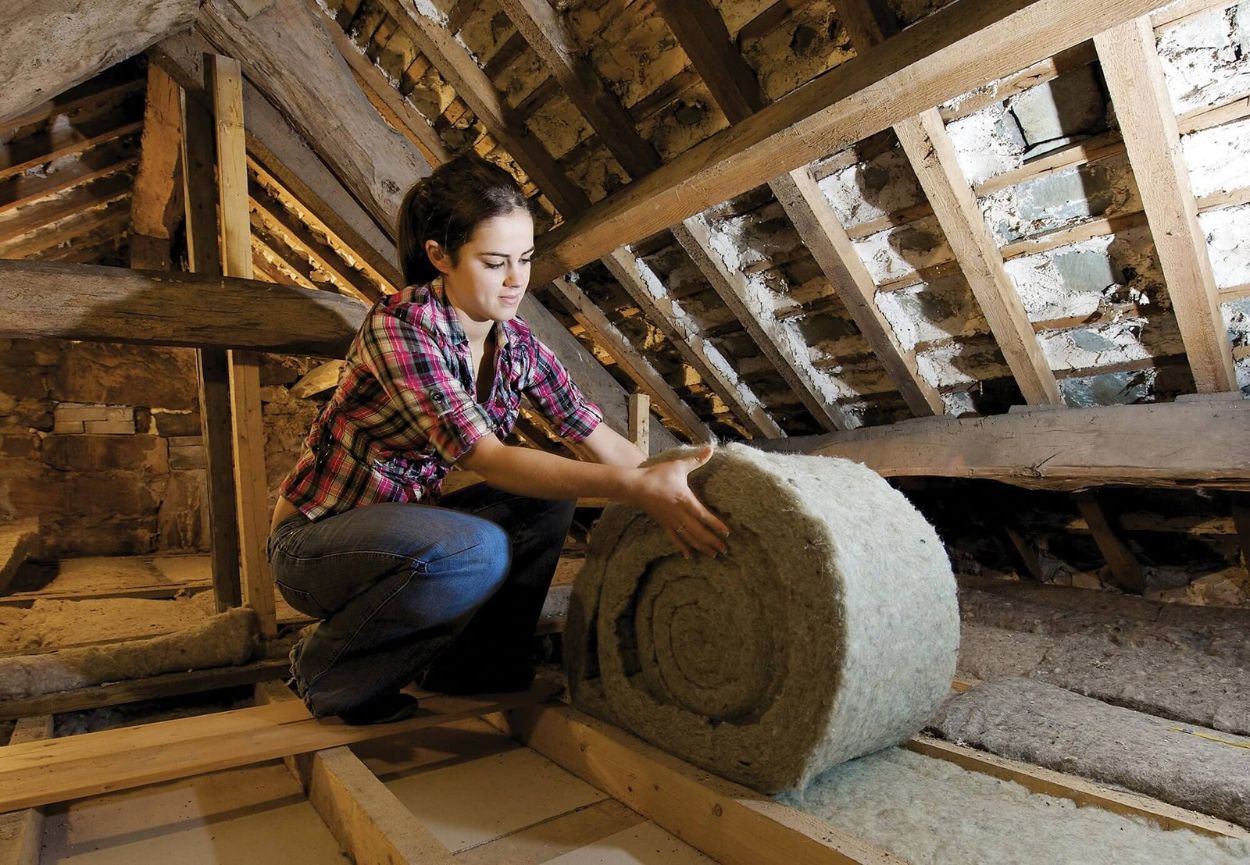
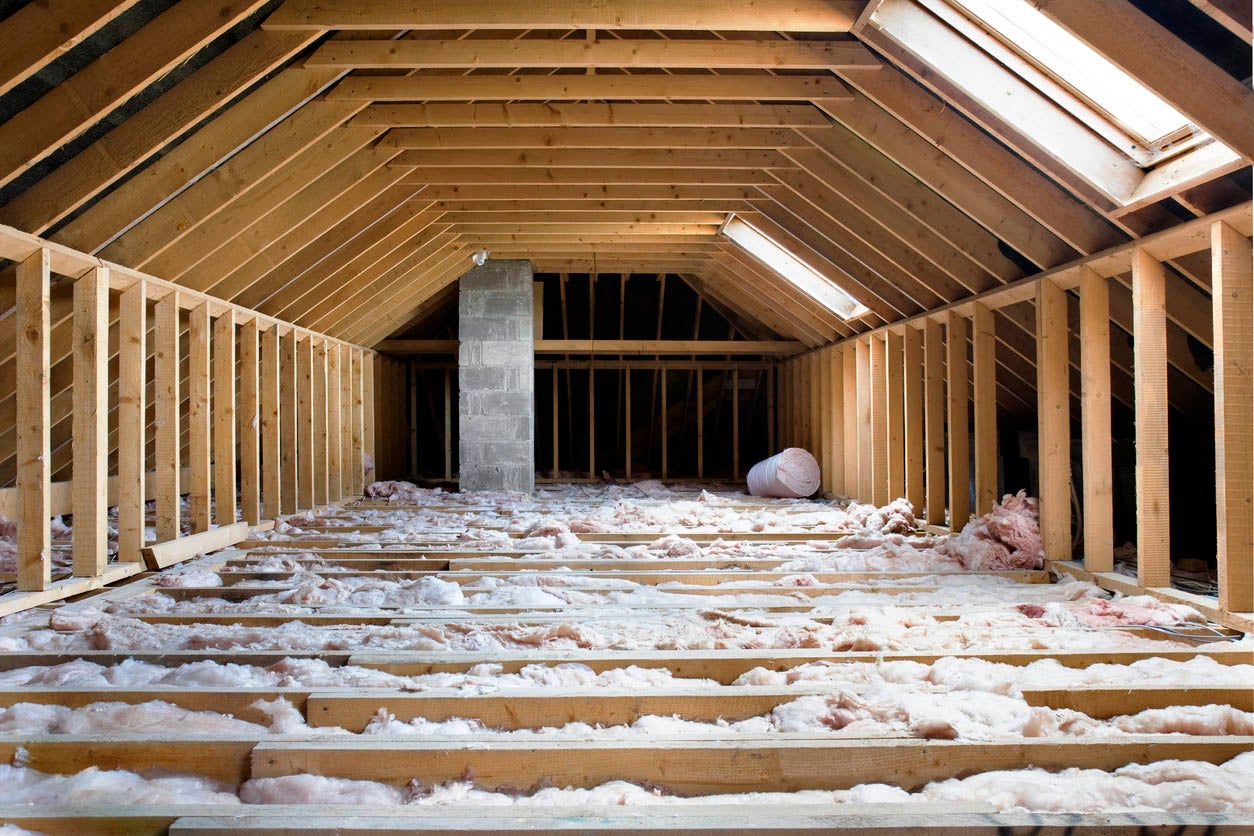
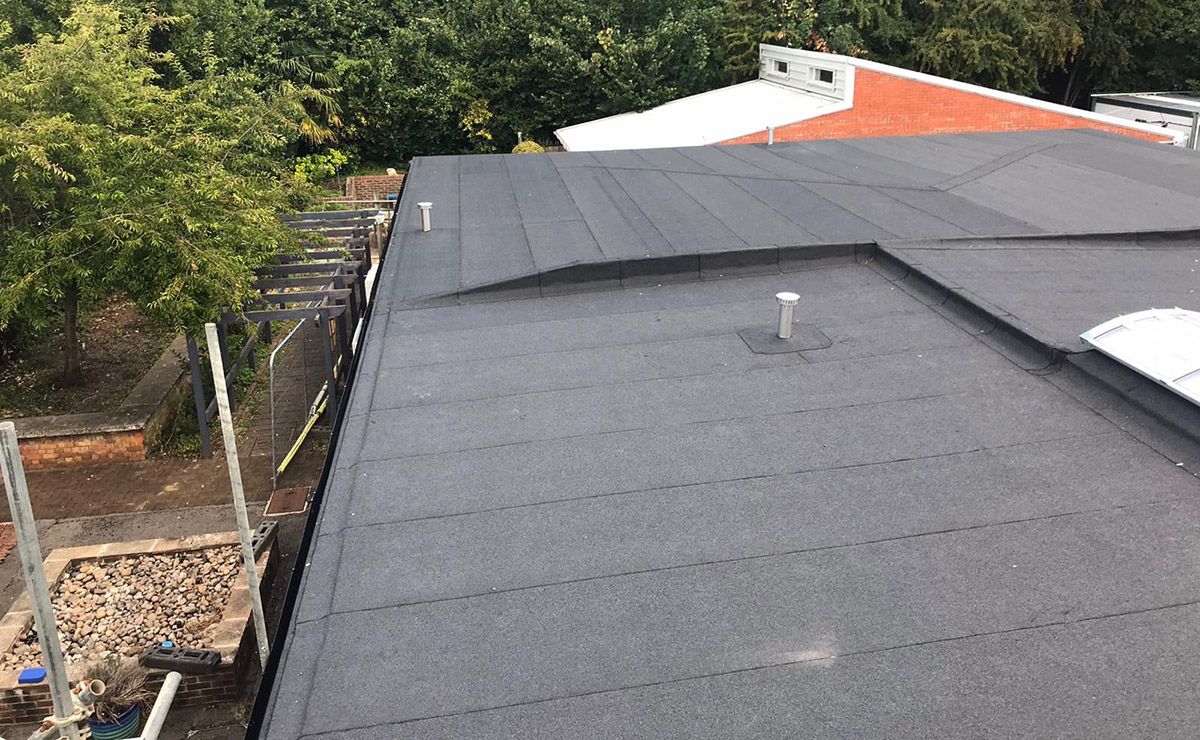
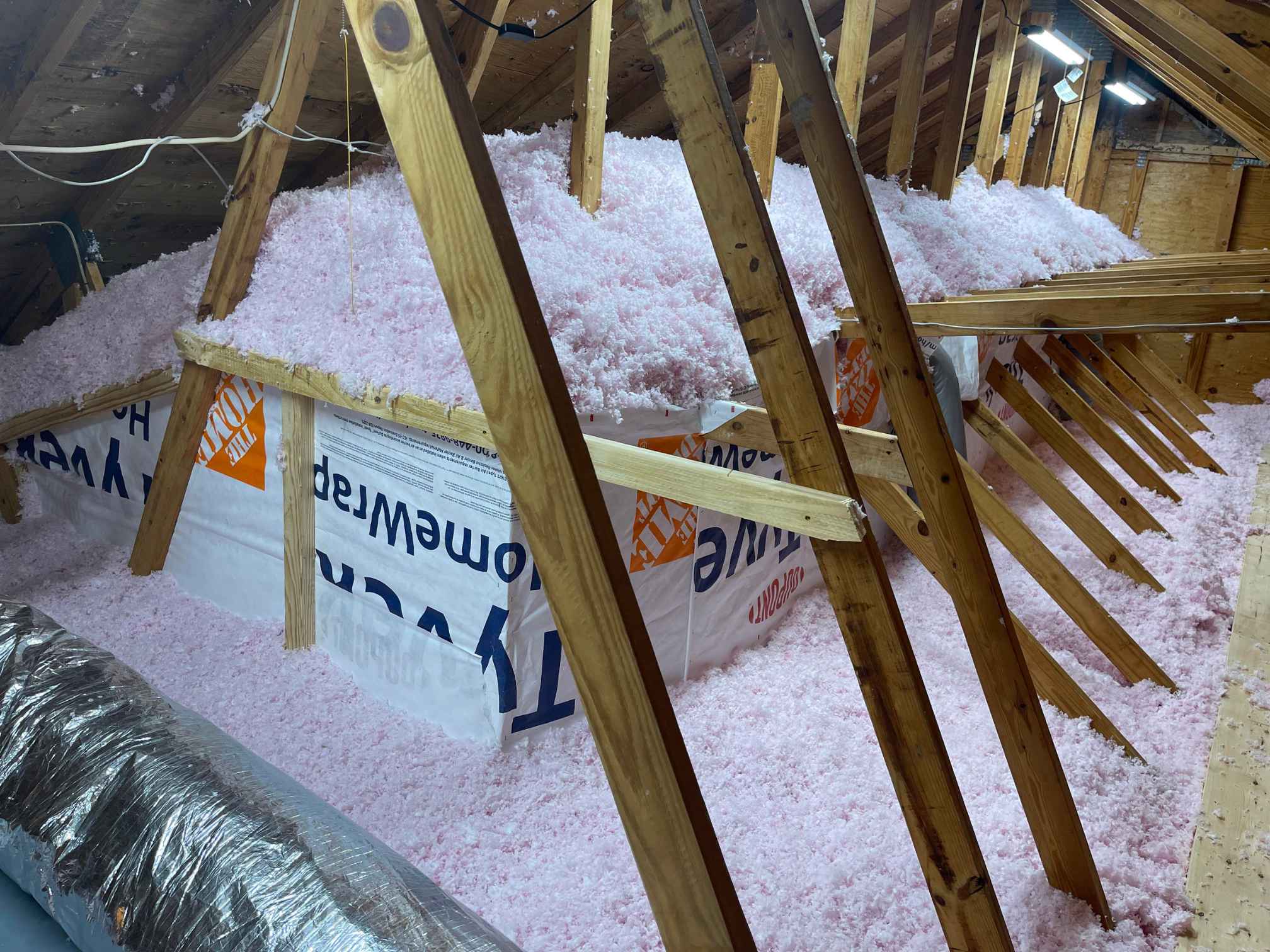
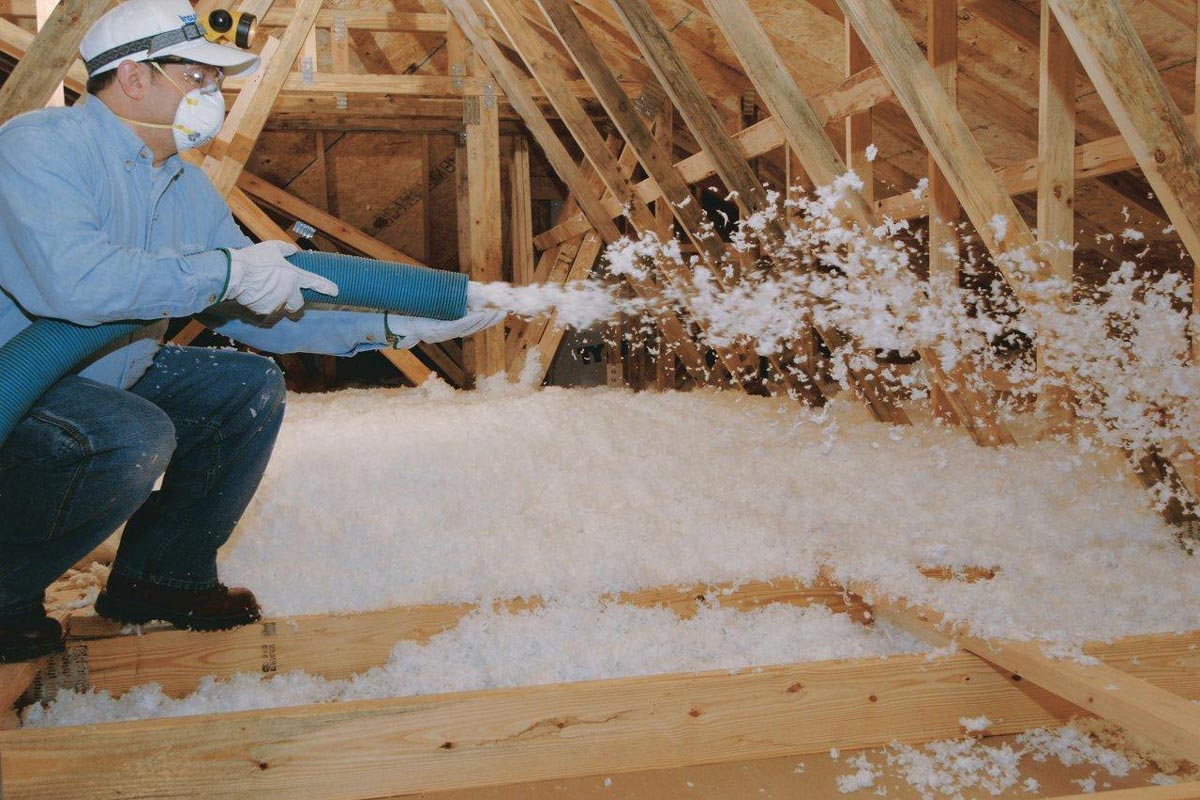
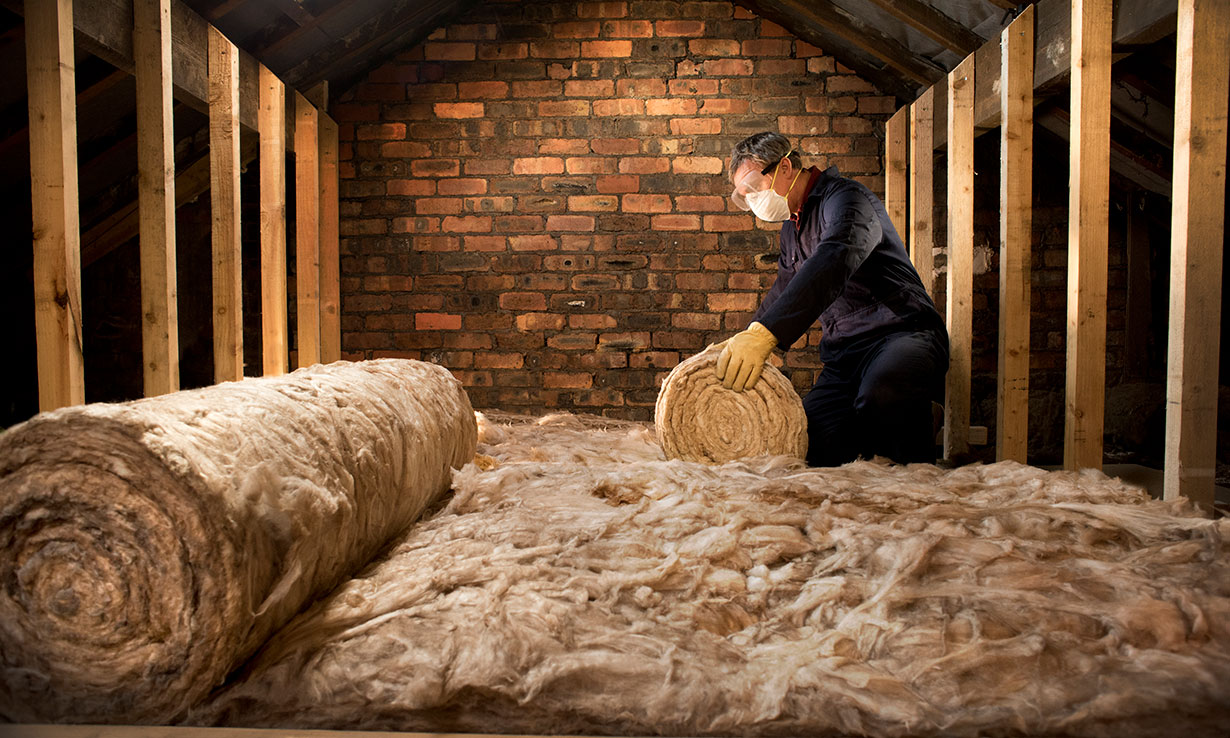
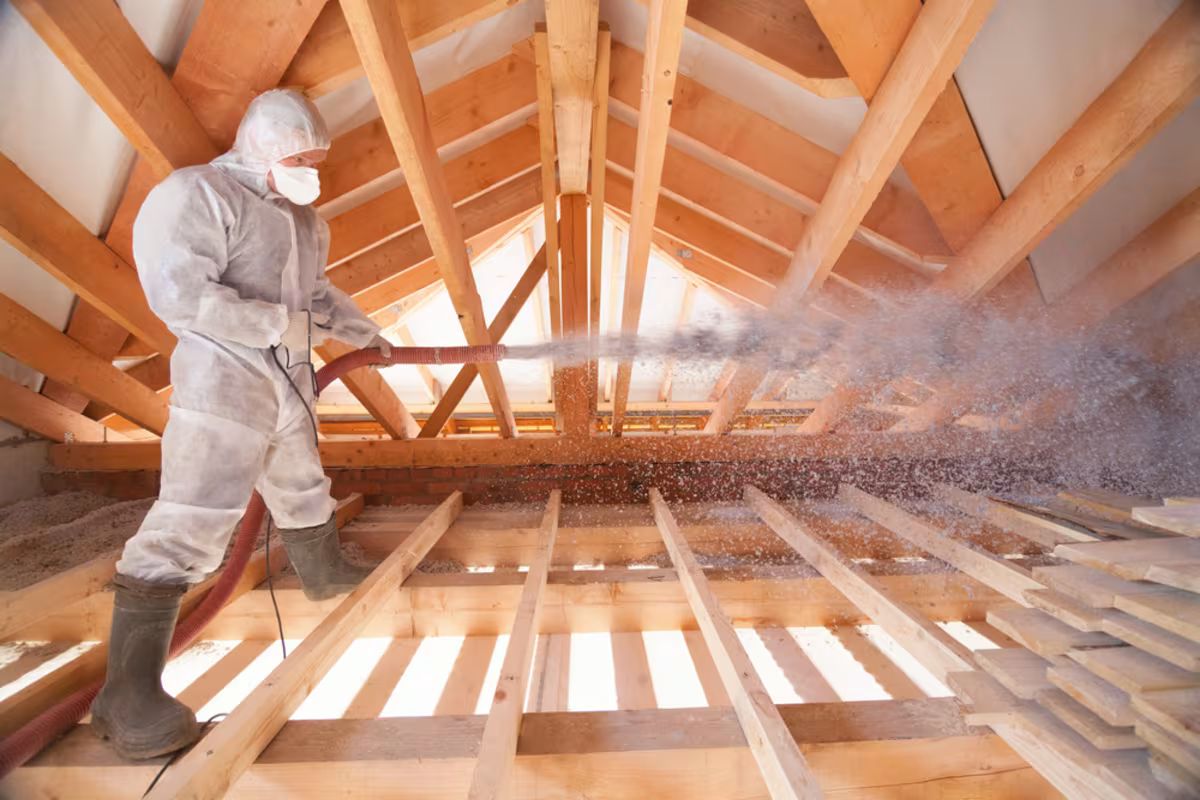
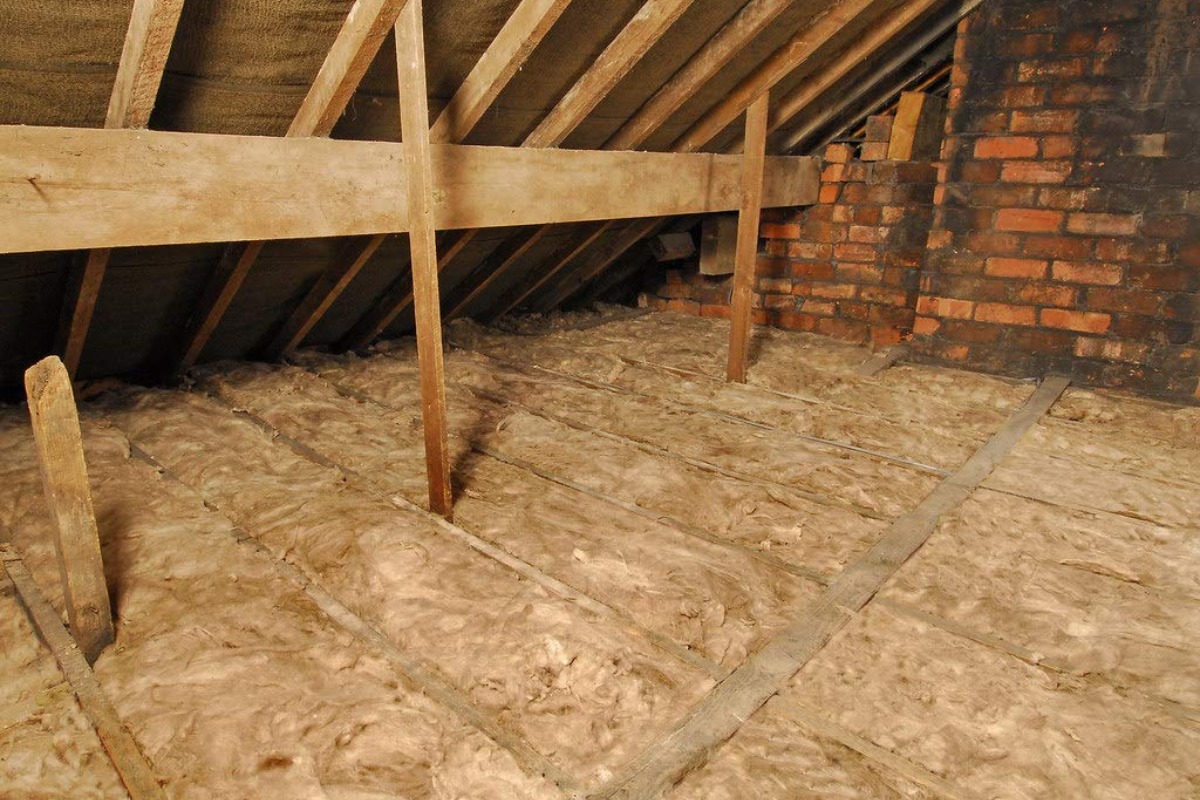
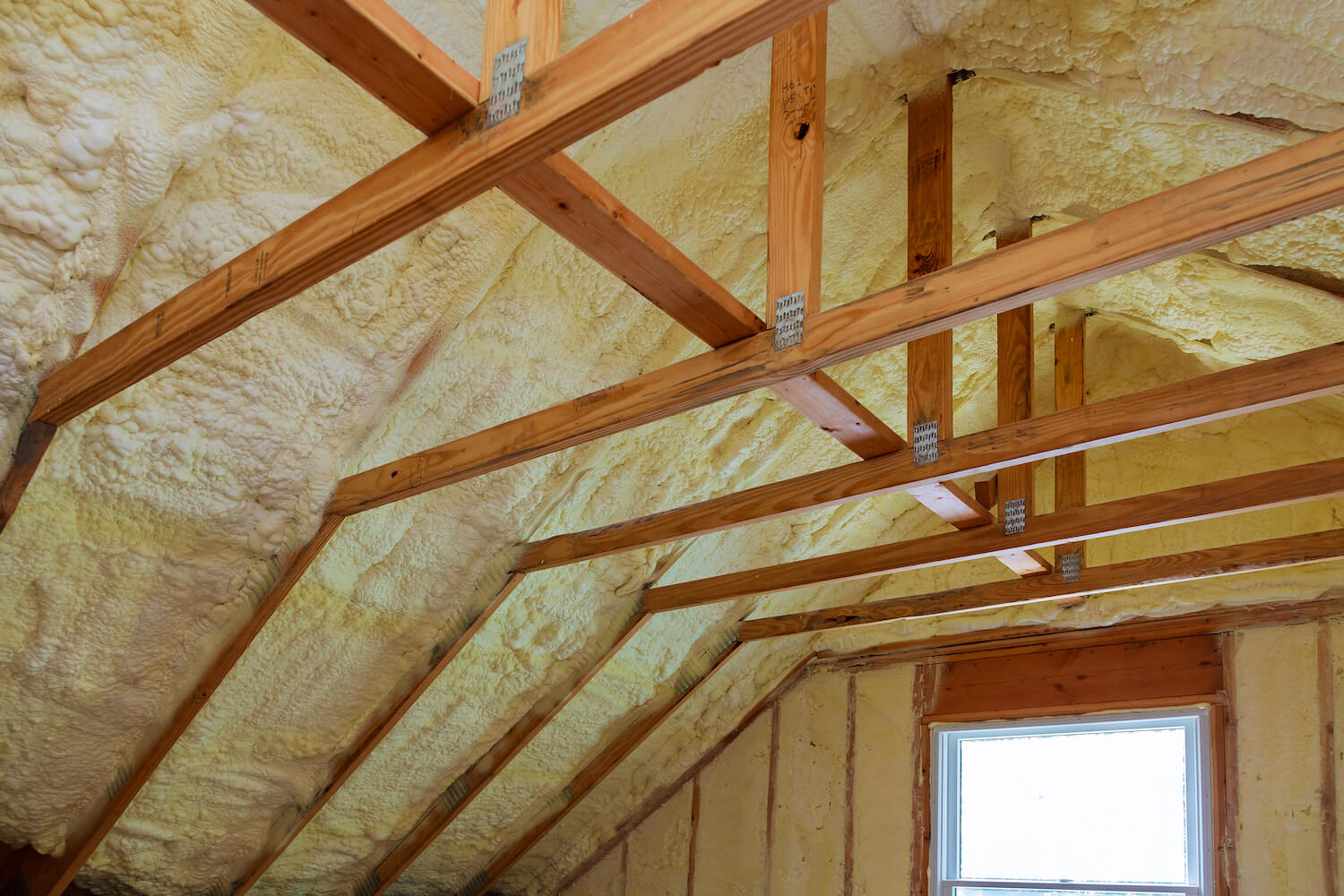
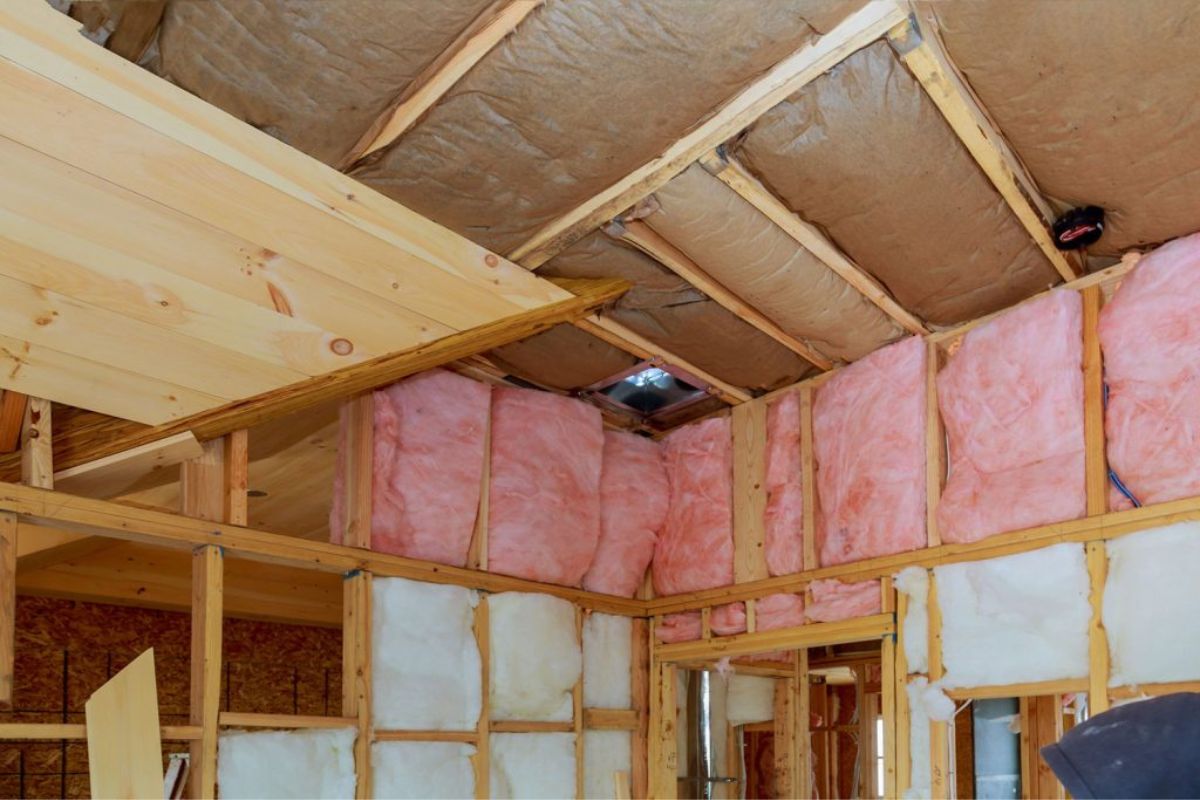
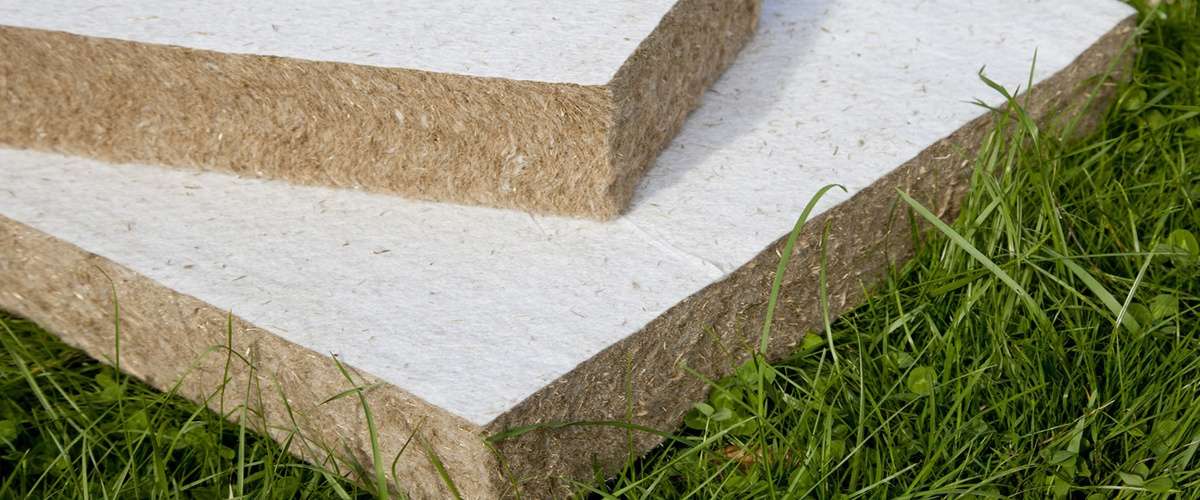
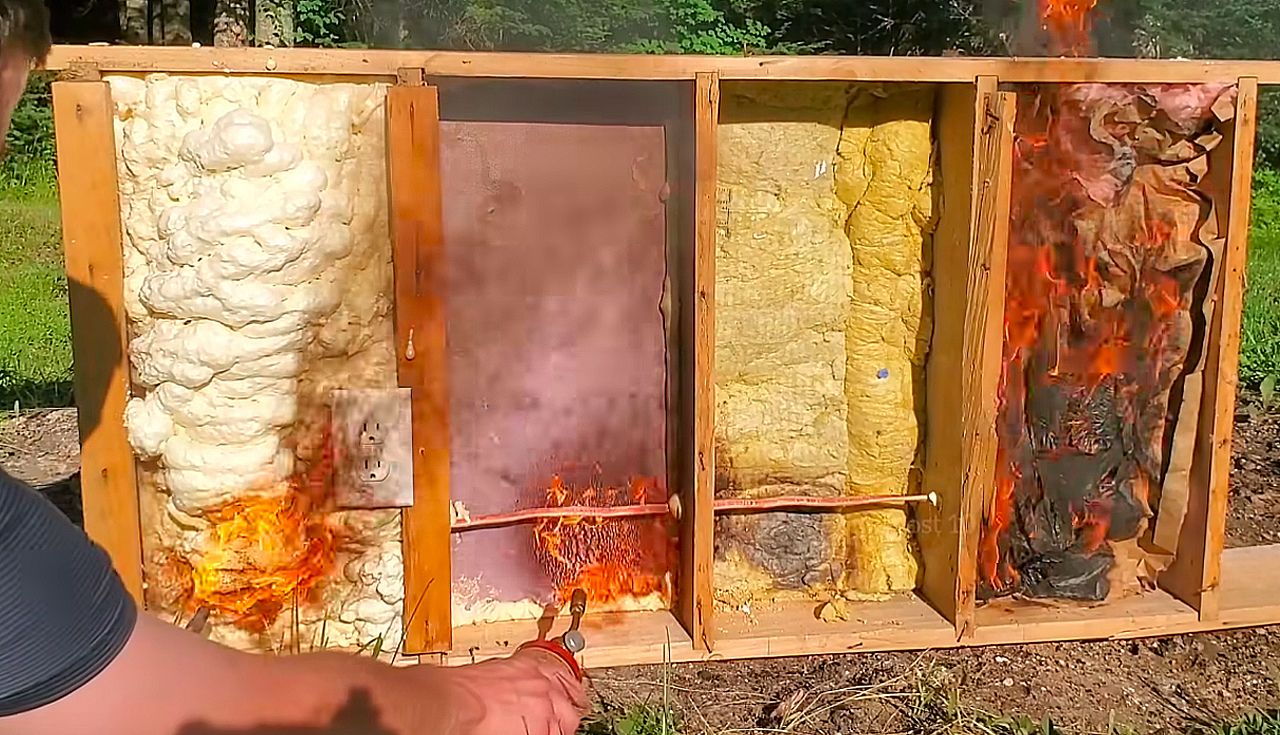
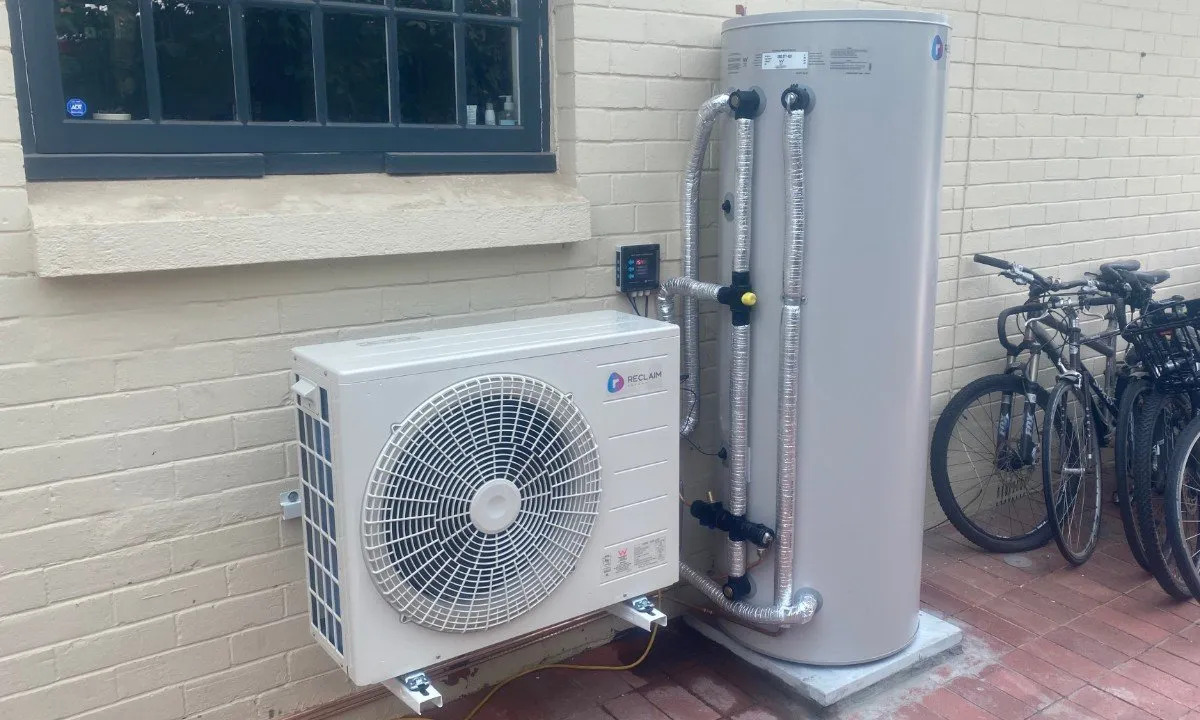
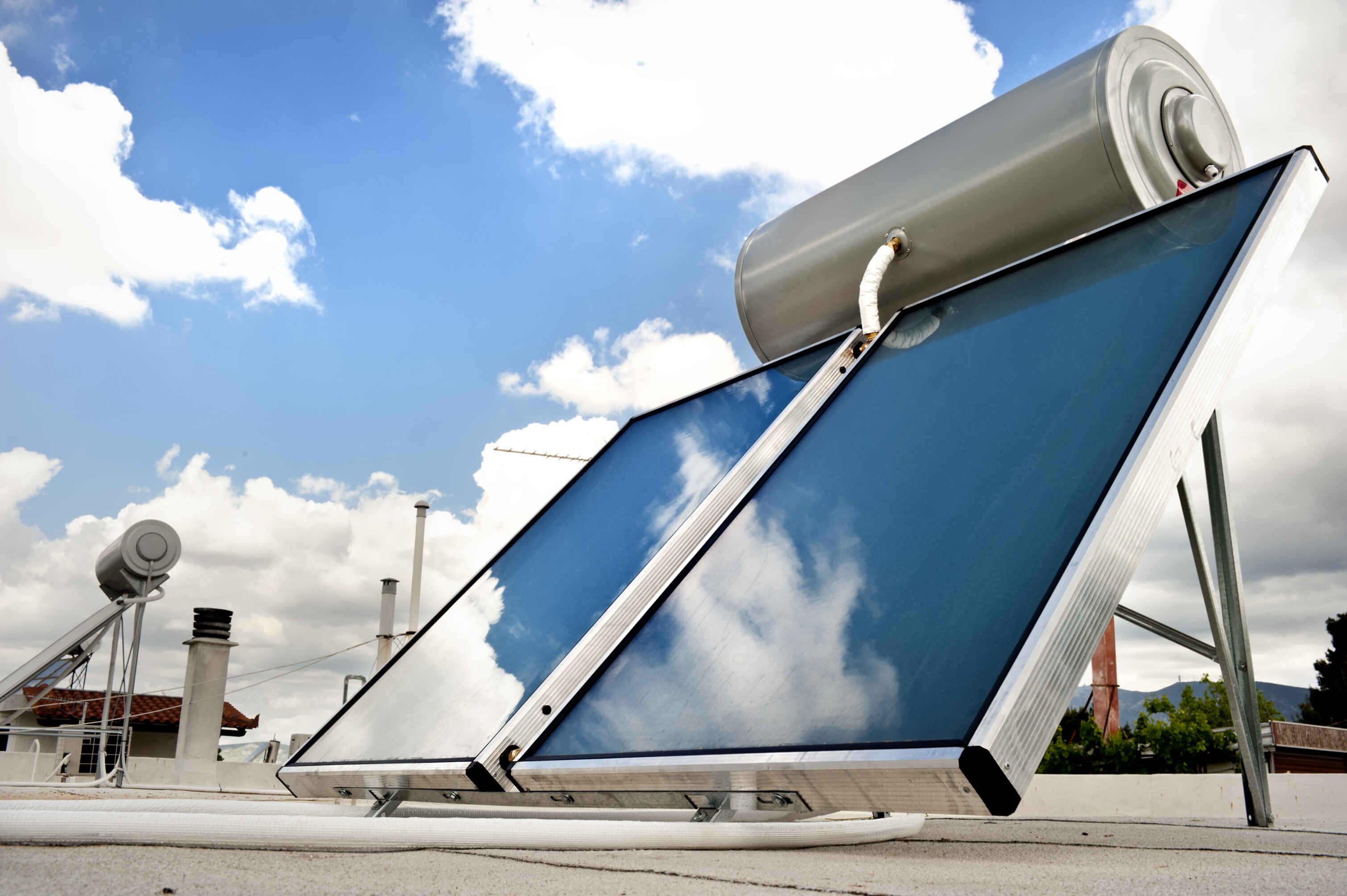

0 thoughts on “How Does Insulation Increase Energy Efficiency?”